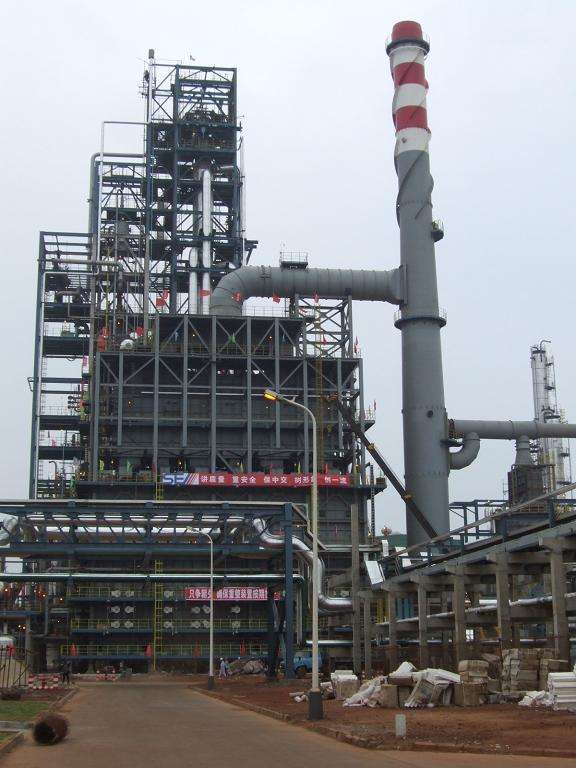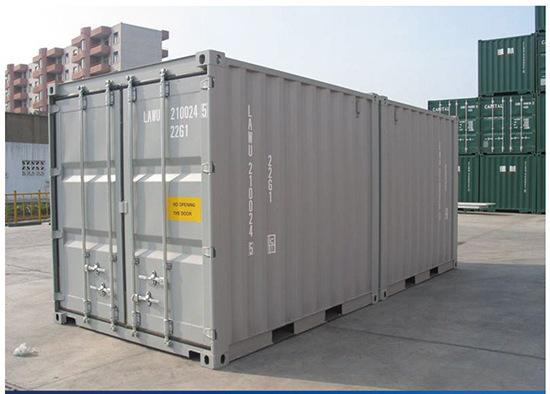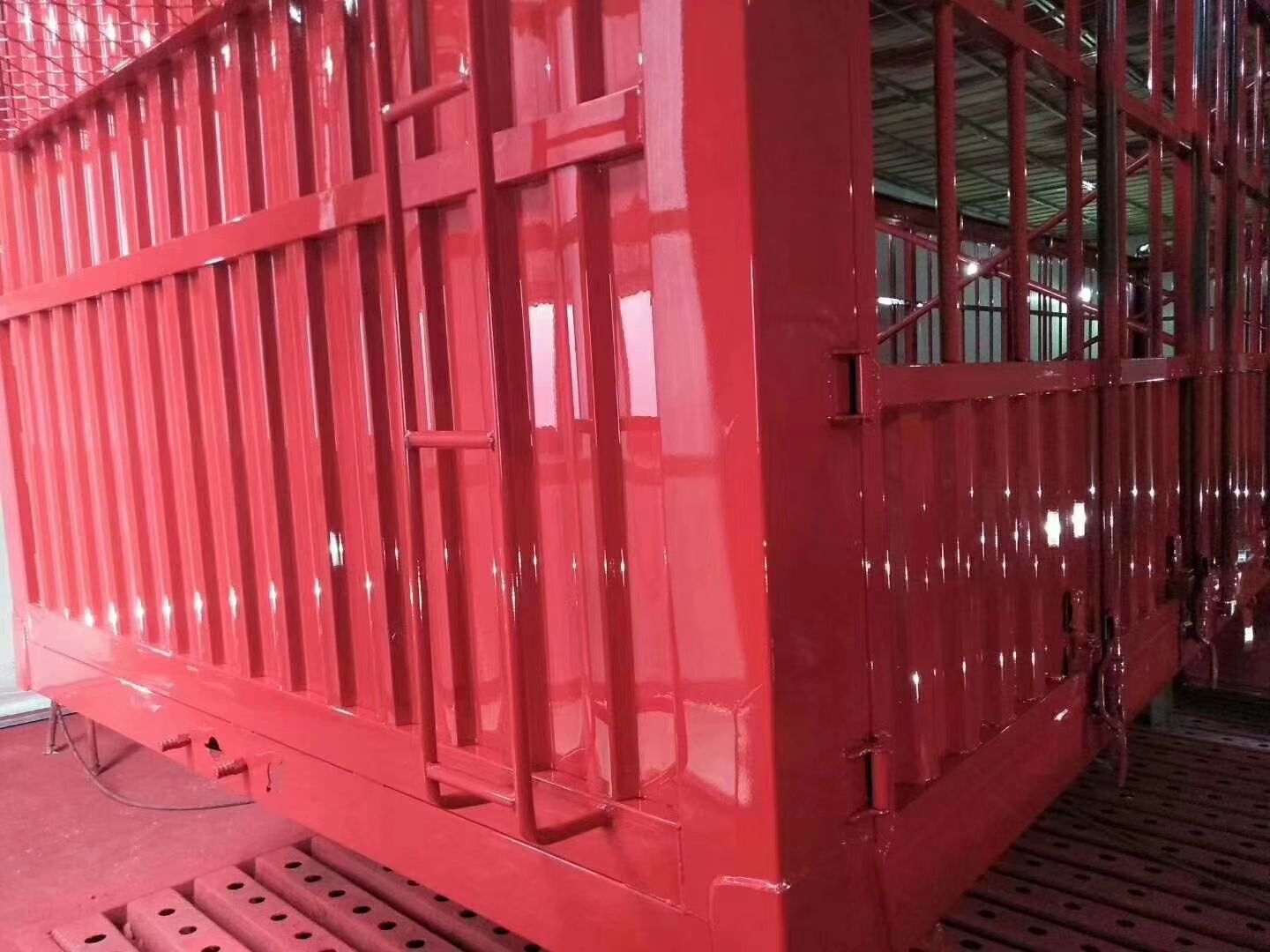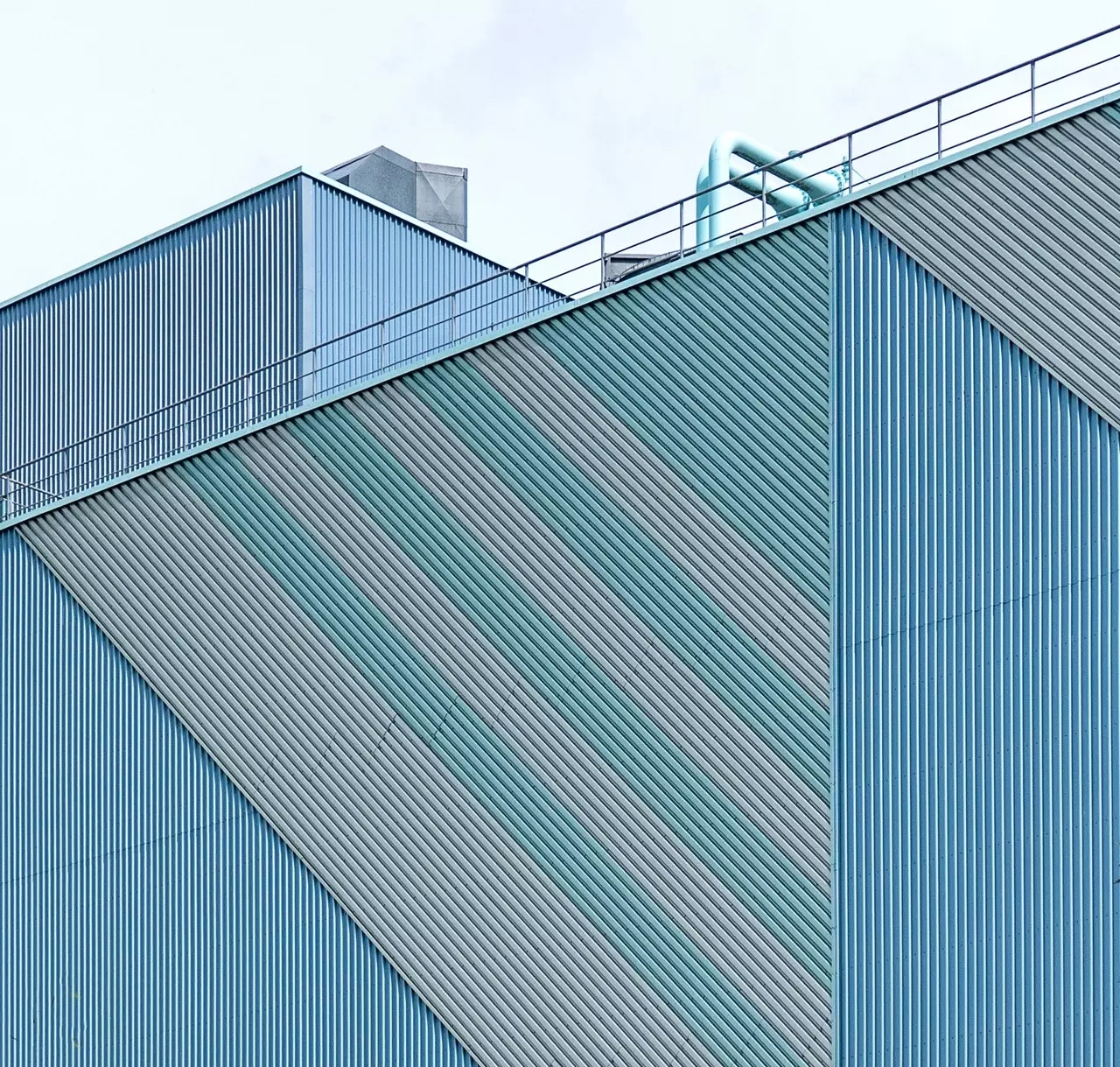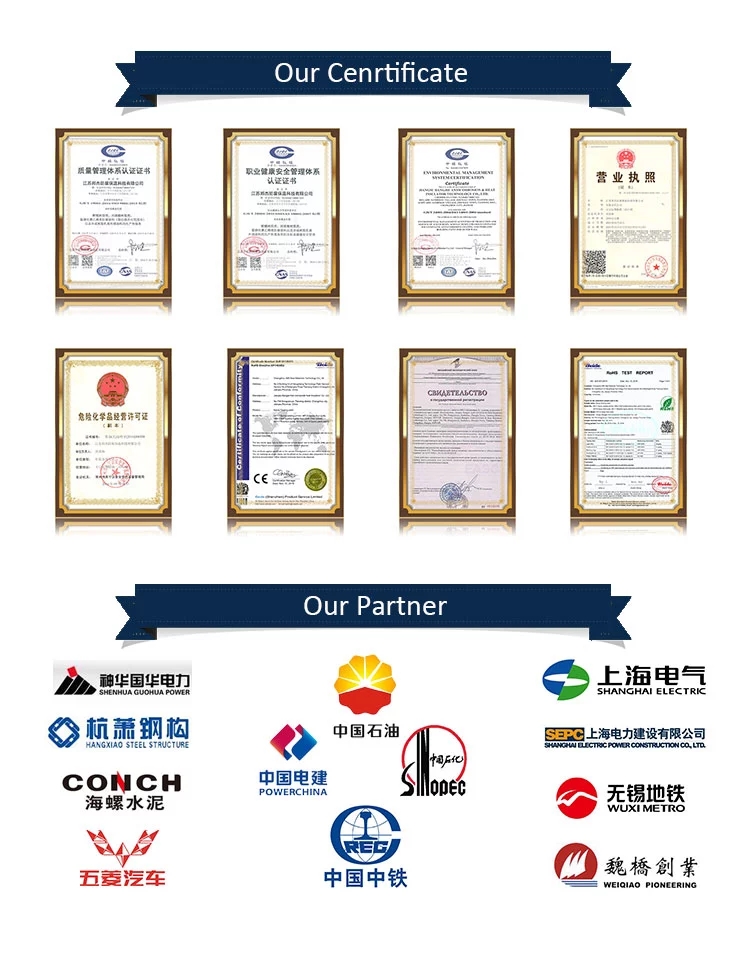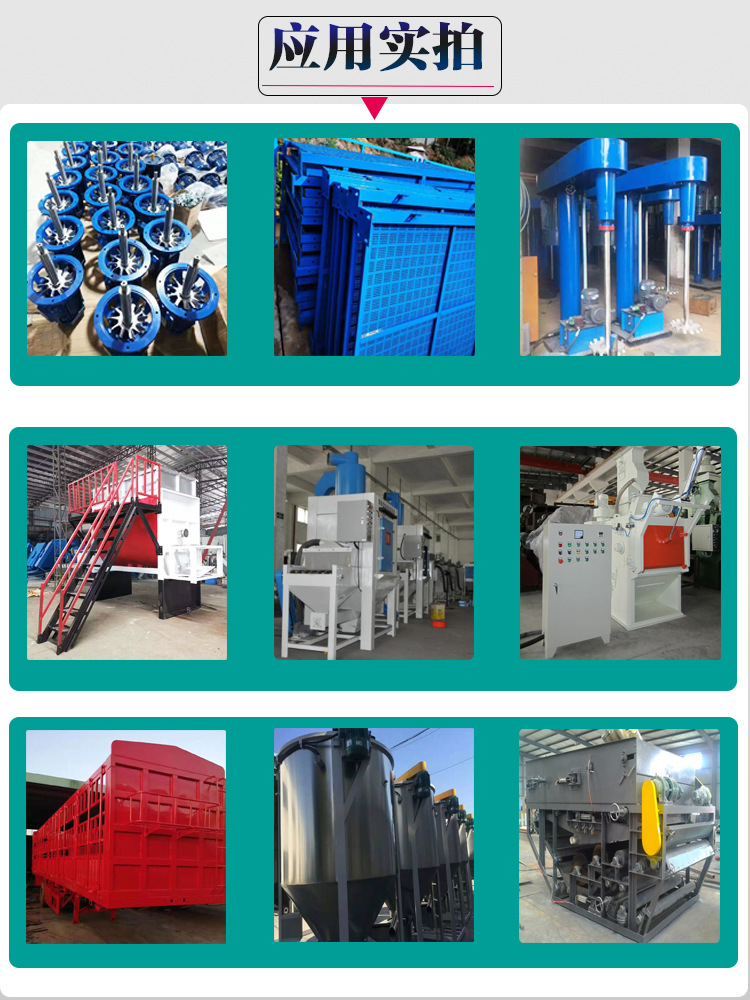H801 Waterborne alkyd anti-rust paint/Nontoxic Water-based Alkyd Anti-rust Paint for the concrete and steel surface
Product introduction
Alkyd anti-rust paint is composed of modified alkyd resin, anti-rust pigment, extender pigment, drier, and organic solvent. It has good adhesion, high anti-rust performance, good water resistance, and naturally, dries quickly at room temperature. It is mainly used for mechanical equipment, steel structure, pipeline, etc.
This product is a single component coating composed of the water-based alkyd resin, titanium dioxide, water-based additives, water, etc. Meanwhile, it has non-toxic, good adhesion and rust prevention performance.
Details
| Color | Custom | Impact resistance, cm | 50 | Flexibility,mm | ≤2 |
| Density, kg/L | 1.6 | Viscosity, s | ≥ 90 | Hardness | ≥ HB |
| Flash point, oC | 38 | Fineness | ≤30 | Pot life, h | 8 |
| Solid content | ≥ 60 % | Adhesion, MPa | ≥ 6 | VOC, g/L | 420 |
This single component general purpose primer is widely used for substrate protection. It features with below great properties: ● High hardness ● Great adhesion ● Easy to apply ● Fast drying ● Good resistance to water, chemical corrosion, oil & solvent
| Type | Solvent | ||||
| Solid Content | 60% | ||||
| Mixing Ratio | one component | ||||
| Dry Film Thickness | 30μm per coat | ||||
| Specific Gravity | 1.45 kg/Liter | ||||
| Coverage Rate (Theoretical) | 0.09kg/m2/30μm 0.067L/m2/30μm | ||||
| Drying Time | Temperature | 10℃ | 20℃ | 30℃ | |
| Dry to touch | 90mins | 60mins | 30mins | ||
| Dry Hard | 8hrs | 6hrs | 4hrs | ||
| Package | 20kgs barrel | ||||
Advantages of Alkyd Antirust Paint(Gray)
Dry quickly at low temperature or in winter;
Very good rust and corrosion resistance;
Good adhesion to rusty surface;
Good workability;
Compatible with all kinds of finishes
Application
Suitable for low and medium corrosion and rust prevention requirements, suitable for general requirements of steel structure buildings, mechanical equipment and other metal surface rust proofing; Mainly used in C steel, H steel, shock absorber, mine support, gantry crane and other fields of painting.
Main characteristics
1. Water dilution, low VDC, safe and environmental protection. 2. High solid content, high cost performance.
3. fast drying speed, easy construction. 4. Excellent adhesion, good protective performance of paint film.
Recommended use Mainly used for industrial equipment, steel structure, civil facilities, etc., light to moderate anti-trapping, anti-flat surface coating requirements. It can also be used for maintenance repair protective primer. Suitable for anti-corrosion requirements under the general environment.
Construction description
1. Clean the oil, rust, old patent leather and other dirt on the surface of the substrate before painting to ensure that the surface of the substrate is clean and dry.
2. Grinding wheel is used to remove welding bumps, spatter, and hardened layer on the workpiece surface. All free edge acute angles after gas cutting, shearing or machining should be polished to R2.
3. Sand blasting to Sa2.5 level or power tool cleaning to St2 level, construction within 6 hours after sand blasting.
4. Brush painting and spraying can be used for construction, and the paint should be stirred evenly before painting. If the viscosity is high, an appropriate amount of deionized water can be added, and the amount of water added should not exceed 10%, and it should be stirred while adding to ensure that the paint is uniform.
5. Maintain good ventilation during construction, and do not recommend construction when the ambient temperature is lower than 5 ° C or the humidity is greater than 85%.
6. Rain, snow and fog weather can not be constructed outdoors, such as construction, can be taken to protect the paint film by covering it with tarpaulin.
Construction data
Ventilation conditions, temperature, film thickness and other factors will affect the drying time accordingly, the typical data listed are based on the following conditions.
Re-coat after dry, or spray wet to thick (paint film must not hang).
Recommended number of coating lanes 1 lane 20-30μm, 2 dry lanes 40-60μm
The above data is for guidance only, the specific repainting time may be longer or shorter depending on humidity, paint film bank, ventilation, loading and unloading requirements and machinery.
It is related to the strength requirement.
1.The product can be sprayed by air, brushed or irradiated.
2. before using, add 10-20% of water to dilute the paint, stirring as you go.
Add to ensure that the paint is evenly distributed, and the mechanical bubbles brought in by stirring can be filtered out with a 100-day filter for construction.
3. It is forbidden to mix with other paints and organic solvents, strong acids or strong broken substances.
The construction environment and other explanatory data are the same as "H901 waterborne antirust paint", please refer.
Storage and transportation
1. The product should be sealed and stored in a dry and well-ventilated warehouse with a storage temperature above 5 ° C and below 35 ° C to prevent direct exposure to water and sunlight, isolate the fire source, and stay away from the heat source.
2. If the product meets the storage conditions, the storage period is one year from the date of production, and the storage period can be tested beyond the storage period. If it meets the standards, it can still be used.
3. During the transportation process, the product should be prevented from cold, rain and sunlight exposure, and should comply with the relevant provisions of the transportation department.
Surface treatment
The surface to be coated no moisture, no oil, no acid, no ash flow.
Steel with oxide skin: Shot blasting or sand blasting and other methods to Sa2.5 grade, where sand blasting treatment can not be mechanical polishing or sand blasting should be done.
Chemically treated to remove all floating broken shoulders.
Steel without oxide skin: sandblasted (shot blasted) to Sa2.5 or sanded to St3 with air or electric grinding tools.
Burned areas from welding, flame cutting or fire cutting: sanded to St3.
Substrate with old paint film: remove loose old paint film and iron embroidery, sand to St3 with air or power grinding tools.
Notes
Although Advance yellows less than conventional alkyds, a slight amount of yellowing may occur. This effect is accelerated in dark or poorly ventilated
areas and is more visible in lighter colors.
Typical Uses
This product is designed for concrete and steel surface. Meanwhile, it is also suitable for the anticorrosive engineering coating of machinery equipment and high-performance anticorrosive primer of workshop and guardrail.
This product is refined from special water-based alkyd resin, anti-rust air filler, various functional additives and deionized water and other raw materials. It is easy to construct, has excellent adhesion to various metal substrates, and is a one-component, self-drying antirust paint. It is non-toxic, low-taste, non-polluting, non-flammable and non-smoking, green, safe and environmentally friendly. It has stable and reliable performance and is the best replacement of traditional solvent-based steel structure paints.
What is the difference between epoxy antirust paint and alkyd antirust paint?
Epoxy antirust paint and alkyd antirust paint are two completely different types of paint. Alkyd antirust paint is a one-component paint, which can be applied at room temperature and low temperature. Epoxy antirust paint is a two-component paint, which is applied at room temperature and is not suitable for application below 5℃.
Alkyd anti rust paint is usually only suitable for alkyd paint. Epoxy antirust paint can be matched with chlorinated rubber paint, acrylic polyurethane paint, aliphatic polyurethane paint, fluorocarbon paint.
Alkyd anti rust paint is resistant to general corrosion. But it is poor resistance to solvent and has general weather resistance. Epoxy antirust paint is resistant to alkali corrosion, salt spray corrosion, solvent and water.
Alkyd anti rust paint is a common paint with balanced performance and simple construction. It is commonly used for household ironwork, gates, and wood, but it has the shortcomings of short service life and common antirust property.
